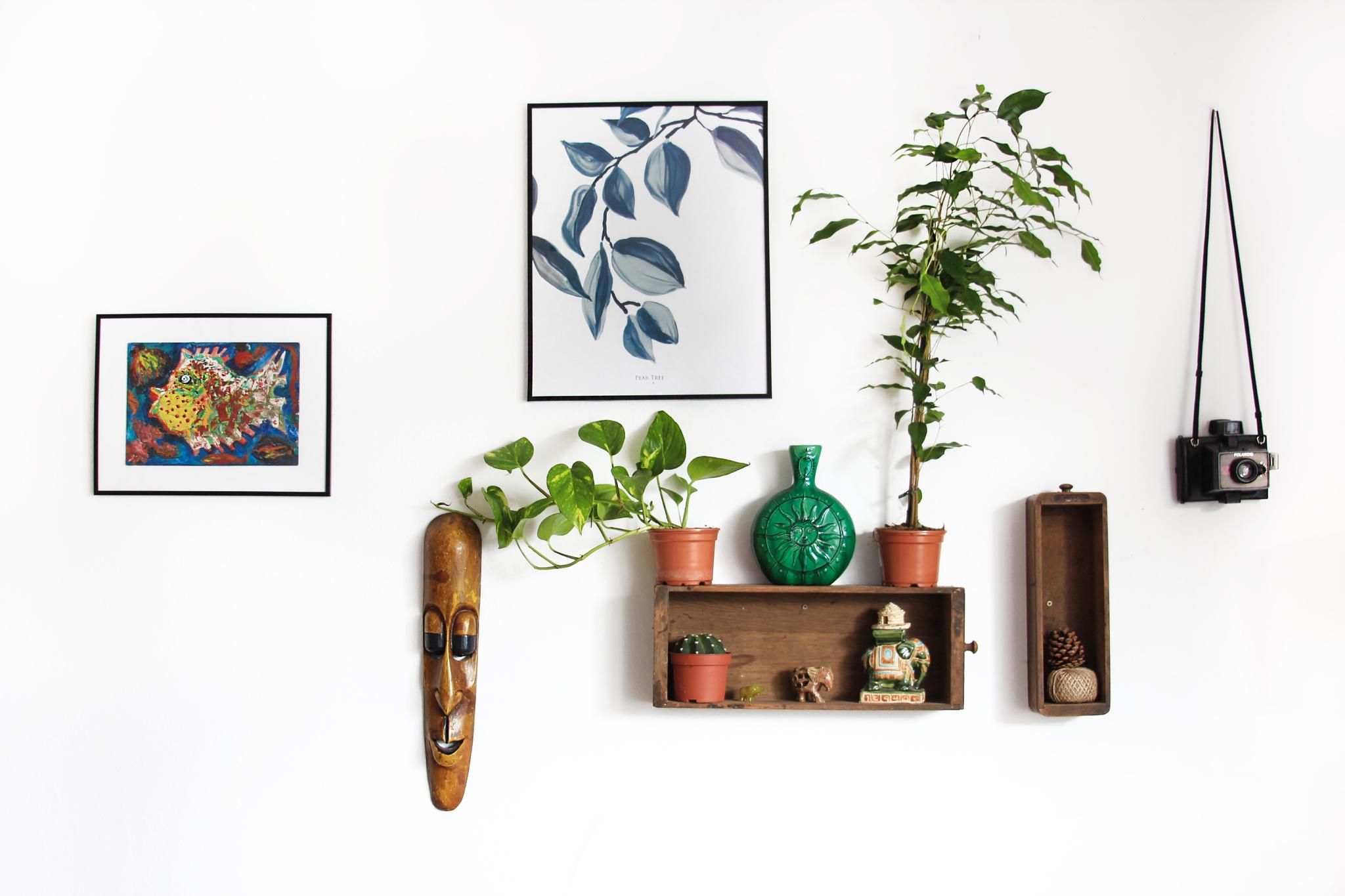The role of trends in a time of sustainability and slow living

In a time that seemingly moves faster than ever before, but sees a desire for a slow life filled with more meaningful things—opposed to just more—should retailers still be designing and purchasing products for their customers based on trends?
Know the why
As Meryl Streep’s Miranda Priestly so eloquently explained in her now iconic ‘this pile of stuff’ monologue from The Devil Wears Prada, a blue sweater is not just a blue sweater—and a trend by no means becomes one simply because a single person says so.
Successful trend forecasting is the perfect amalgamation of art and science, looking beyond just aesthetic to determine why people feel emotionally drawn to or connected with something. It’s built on knowledge of not just a colour, texture or theme that embodies a trend, but also the underlying forces that shape and move them.
For example, as urban living becomes more prevalent and tighter than ever, consumer desire to emulate green spaces and nature within their homes has grown at an exponential rate – hence the foliage-print wallpapers, uptake of indoor plants, and green hues that have dominated in recent years.
Enable a unique take
In a world where an impressionable audience can be found at anyone’s fingertips, the lines between innovator and imitator are becoming emphatically blurred.
Recent analysis of the influencer landscape suggests we are moving into a ‘post-trend’ world where, rather than see an abandonment of trends all together, they are, as outlined above, increasingly based on a feeling or symbolism of significance. A togetherness that doesn’t come from identical application, but instead from personal interpretation and exploration of uniting elements.
Extending beyond just a hashtag, shock value or a ‘break the internet moment’, this new era of trends will instead make a period of time distinctly definable through connection of people.
Redefining luxury
Just last month Gucci’s creative director, Alessandro Michele, announced his plans to "abandon the worn-out ritual of seasonalities and shows." By transitioning from a calendar that included cruise, pre-autumn, spring-summer and autumn-winter collections to one that will see just two collections a year, the fashion house plans to place resource on more thoughtful, timeless collections. Not only does this set precedent and aid steps towards a more sustainable future, it also reflects increasing consumer belief that the true definition of luxury isn’t covered in labels, but rather something that has been designed with consideration, skill and care.
Rather than consumers adapting and purchasing in-line with every trend, this shift would instead see uptake of fewer but more meaningful styles.
In answer to the question, is there a place for trends in a time of slow living and sustainability? The answer is absolutely yes, however perhaps in different iterations than before. Trends of the future, whilst still very much an important part of purchasing and culture, will be broader – focusing on design that provokes emotional responses, gives a nod to something bigger, and allows for personal interpretation.
)
)
)